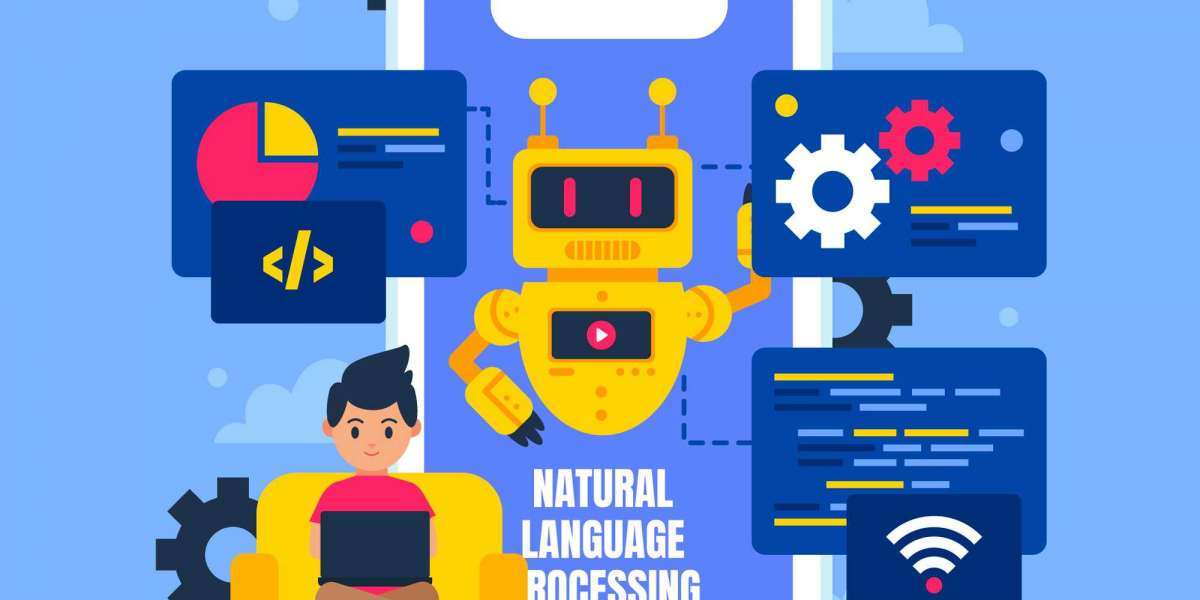Open-Source Large Language Model (LLM): What is it?
Open source large language models is a sophisticated kind of language model that is developed on enormous volumes of text data using deep learning technology. These models can produce writing that resembles that of a human being and carry out several natural language processing functions.
Language models allocate probabilities to word sequences through text analysis. There are various complexity levels, including basic n-gram models and advanced neural network models. Large language models, using deep learning artificial intelligence methods, can generate content similar to human writing.
Open-Source Large Language Model Types
The different kinds of open source large language models that are currently available in the digital world are listed below:
- Transformer Models
- Neural Networks with Recurrence
- Bidirectional Encoder Representations from Transformers or BERT
What are the advantages of Open Source LLMs
Bigger LLMs were thought to be better in the past, but businesses are now learning that they might be unaffordable when it comes to research and innovation. Open source large language models started to emerge in response, posing a threat to the LLM business model.
Openness and adaptability: Businesses without in-house machine learning solutions expertise can use open source large language models within their infrastructure, offering transparency, flexibility, and complete control over data, reducing the risk of data breaches or unwanted access.
Savings on costs: LLMs are typically less expensive over time due to their lack of licensing fees, but they also include cloud or on-premises infrastructure expenses and a significant upfront installation cost.
New features and input from the community: Open source large language models enable businesses to fine-tune their models, customise features, and train them using specific datasets, but this requires collaboration with a vendor.
An organisation can benefit from community contributions, various LLM development companies, and potentially hire AI developers to handle updates, development, maintenance, and support when using an open-source LLM as opposed to a proprietary one, which forces the organisation to rely on a single supplier.
Challenges to Open-Source Large Language Models
The following are a few dangers connected to large language models that are available as open-source:
False information and deception: Open-source large language models' ability to produce text raises ethical concerns about potential propaganda, fake news, and false information, necessitating careful moral standards.
Security and Privacy Issues: Open-source large language models, relying on vast data volumes for training, pose security and privacy risks, as sensitive data and vulnerabilities can be exploited by malware.
Fairness and Bias: Open-source large language models can perpetuate biases in training data, causing discrimination and harm to society. Mitigation methods, diverse datasets, and accountability are essential.
Problems with Intellectual Property: Open-source AI language models face licensing issues, intellectual property rights, and usage limitations, necessitating transparent licensing frameworks and collaborative agreements for fair access.
Future Implications of LLMs
LLMs have the capacity to influence society in a number of ways. Better patient and student outcomes could result from the applications of LLM, for instance, in the creation of individualised education or healthcare plans. Because LLMs are capable of producing insights from extensive data analysis, artificial intelligence solutions company can assist governments and corporations in making better decisions.
For more details: https://www.a3logics.com/blog/open-source-large-language-models/






